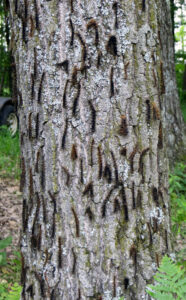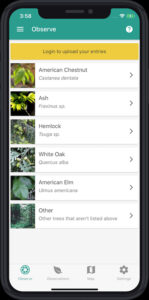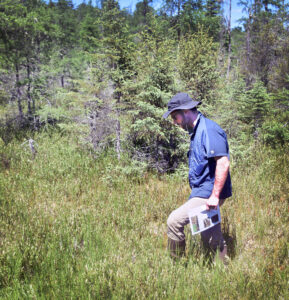
Paul Cigan looks for various species of invasive plants during a visit to a bog at the Wisconsin Department of Natural Resources’ Kemp Research Station on Tuesday, June 25, 2024. / Photo Credit: Art Kabelowsky, Wisconsin DNR
By Art Kabelowsky, DNR Outreach and Communications
Arthur.Kabelowsky@wisconsin.gov or 608-335-0167
Paul Cigan, the Wisconsin Department of Natural Resources’ (DNR) forest health specialist for the northwest zone, recently appeared on the Ventures of the Land podcast, hosted by George Atwell, to discuss oak wilt’s past, present and future in Wisconsin.
The talk included details on how and when the invasive fungal disease arrived in the state, how it attacks oak trees and methods landowners can use to manage the disease.

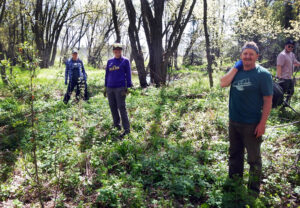
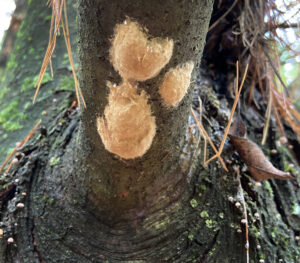


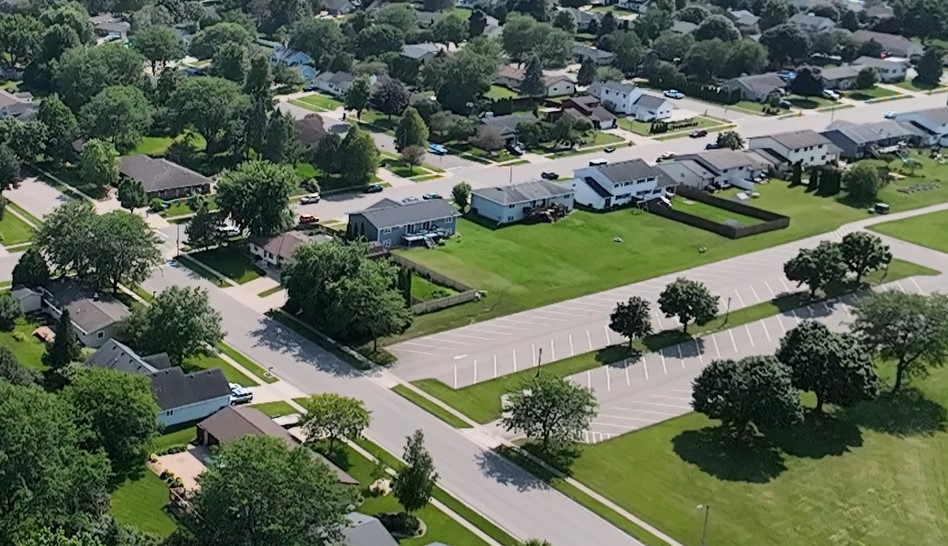 Gov. Tony Evers and the Wisconsin Department of Natural Resources (DNR) today announced the Urban Forestry (UF) Grant Program recipients for the 2025 grant year. In addition to helping fund projects consistent with state and national goals for increasing the urban forest canopy, reducing carbon dioxide and other greenhouse gasses from the atmosphere, and improving the quality of life and public health of communities, the UF Grant Program will help advance goals outlined in Gov. Evers’ Trillion Trees Pledge commitment, which includes planting 1 million trees in urban areas by the end of 2030.
Gov. Tony Evers and the Wisconsin Department of Natural Resources (DNR) today announced the Urban Forestry (UF) Grant Program recipients for the 2025 grant year. In addition to helping fund projects consistent with state and national goals for increasing the urban forest canopy, reducing carbon dioxide and other greenhouse gasses from the atmosphere, and improving the quality of life and public health of communities, the UF Grant Program will help advance goals outlined in Gov. Evers’ Trillion Trees Pledge commitment, which includes planting 1 million trees in urban areas by the end of 2030.  Tree City USA is an annual recognition program presented by the Arbor Day Foundation that allows communities to publicly demonstrate their continued commitment to the care of their local urban forest. Returning Tree City USA communities are also eligible to apply for Growth Awards. These awards recognize community forestry programs that go above and beyond the four core tenets of Tree City USA.
Tree City USA is an annual recognition program presented by the Arbor Day Foundation that allows communities to publicly demonstrate their continued commitment to the care of their local urban forest. Returning Tree City USA communities are also eligible to apply for Growth Awards. These awards recognize community forestry programs that go above and beyond the four core tenets of Tree City USA. Five Star And Urban Waters Restoration Grants Due Jan. 30, 2025
Five Star And Urban Waters Restoration Grants Due Jan. 30, 2025